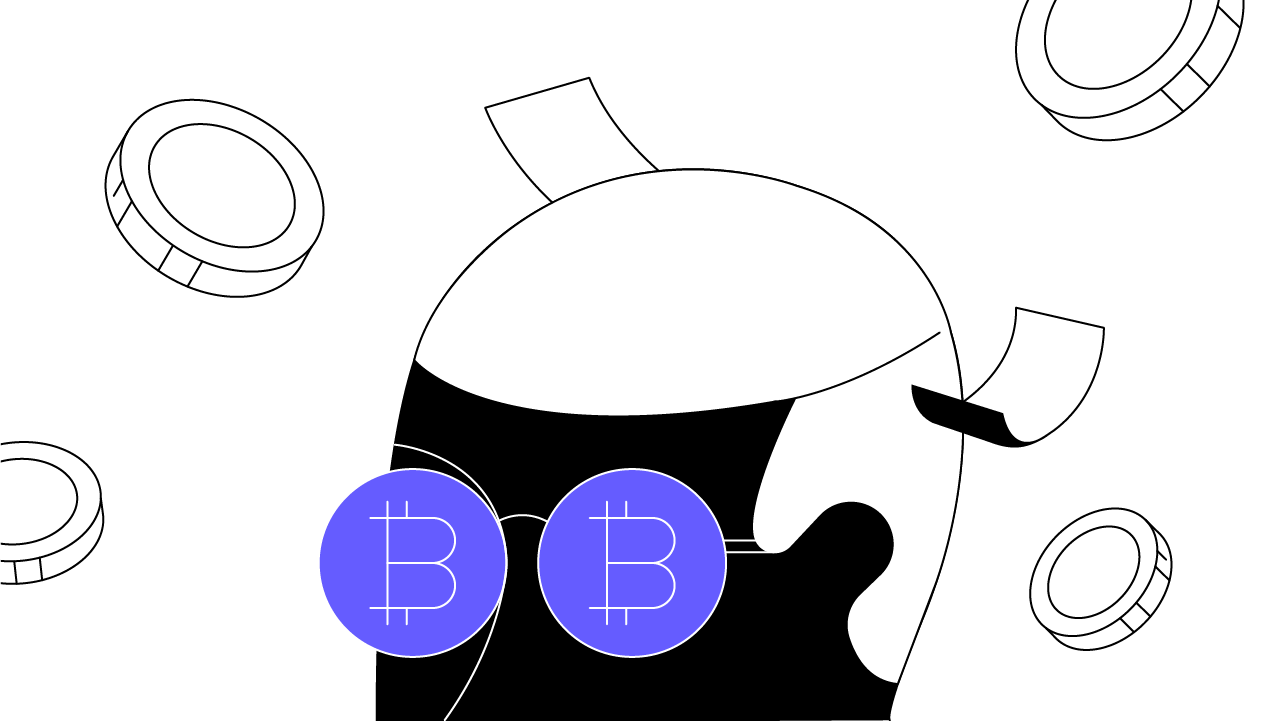The decentralized finance (DeFi) ecosystem has long been dominated by Ethereum and other smart contract platforms like Solana and BNB Chain. However, Bitcoin—the original cryptocurrency—has been making unexpected moves into DeFi this year, with growth metrics that seem to defy expectations. While Bitcoin was never designed for complex smart contracts, innovative protocols are finding ways to bring DeFi functionality to the world’s largest blockchain.
But here’s the twist: The numbers tell a conflicting story. On one hand, Bitcoin’s DeFi sector is experiencing rapid growth in total value locked (TVL), new protocols, and user adoption. On the other hand, challenges like scalability, high fees, and limited functionality raise questions about its long-term viability.
This article dives into the contradictory trends shaping Bitcoin’s DeFi landscape in 2024, analyzing why some metrics suggest explosive growth while others indicate underlying fragility.
Bitcoin DeFi Growth: The Bullish Case
1. Surging TVL and New Protocols
Bitcoin’s DeFi ecosystem has seen a dramatic increase in TVL this year. According to DeFiLlama, Bitcoin’s DeFi TVL crossed $2 billion in early 2024, up from just a few hundred million in 2023.
Key protocols driving this growth include:
-
Stacks (STX): A layer-2 solution enabling smart contracts on Bitcoin, now hosting multiple DeFi apps.
-
Rootstock (RSK): A Bitcoin sidechain with Ethereum Virtual Machine (EVM) compatibility.
-
Liquid Network: A federated sidechain offering faster transactions and asset issuance.
-
Ordinals & BRC-20 Tokens: While not DeFi per se, these have spurred interest in Bitcoin-based assets.
New projects like Sovryn, ALEX, and Arkadiko are gaining traction, offering lending, borrowing, and decentralized exchanges (DEXs) on Bitcoin.
2. Institutional and Developer Interest
Major players are taking notice:
-
MicroStrategy’s Michael Saylor has hinted at Bitcoin DeFi integrations.
-
Coinbase and Kraken are exploring Bitcoin-native DeFi solutions.
-
VC Funding for Bitcoin DeFi startups has increased, with firms like Andreessen Horowitz (a16z) backing projects.
Developers are also experimenting with Bitcoin rollups (like Chainway’s Citrea) and drivechains, which could further expand functionality.
3. Ordinals and BRC-20 Tokens Fueling Activity
The Ordinals protocol, which allows NFT-like inscriptions on Bitcoin, has led to a surge in transactions. BRC-20 tokens, though controversial, have brought speculative trading and liquidity to Bitcoin—indirectly boosting DeFi interest.
The Bearish Reality: Why Bitcoin DeFi Faces Challenges
Despite the impressive growth, Bitcoin’s DeFi ecosystem faces fundamental obstacles that cast doubt on its sustainability.
1. High Fees and Network Congestion
Bitcoin’s base layer has limited throughput, leading to high transaction fees during peak times. In early 2024, average fees spiked above $30 due to Ordinals and BRC-20 activity.
Implications for DeFi:
-
High fees make small transactions uneconomical.
-
Layer-2 solutions (like Stacks) help but are still nascent.
2. Limited Smart Contract Functionality
Unlike Ethereum, Bitcoin’s scripting language is intentionally restrictive. Most Bitcoin DeFi projects rely on workarounds (like federated sidechains or wrapped BTC), which introduce centralization risks.
3. Competition from Ethereum and Solana
Ethereum’s DeFi ecosystem remains dominant, with $50B+ TVL, while Solana offers faster and cheaper transactions. Bitcoin DeFi must compete with these mature ecosystems, which already have deep liquidity and developer support.
4. Regulatory Uncertainty
The SEC’s stance on Bitcoin DeFi remains unclear. If protocols like Stacks or RSK are deemed securities, it could stifle innovation.
The Contradiction: Growth vs. Sustainability
The numbers paint a paradoxical picture:
✅ TVL is rising fast—but can it sustain if fees remain high?
✅ New projects are launching—but will they attract long-term users?
✅ Institutional interest is growing—but will regulators allow it?
Possible Scenarios for Bitcoin DeFi in 2024
-
Breakout Success: If layer-2 scaling improves and Bitcoin ETFs drive more capital into DeFi, Bitcoin could become a major DeFi player.
-
Niche Adoption: Bitcoin DeFi may remain a niche for hardcore Bitcoiners, while Ethereum and Solana dominate broader DeFi.
-
Fizzling Out: If congestion and high fees persist, growth could stall, and projects may migrate elsewhere.
Conclusion: A Promising But Uncertain Future
Bitcoin’s DeFi ecosystem is at a crossroads. The numbers show undeniable growth, but structural challenges could limit its potential. Whether Bitcoin DeFi becomes a major force or remains a secondary player depends on scaling solutions, regulatory clarity, and whether users see enough value to stay.
One thing is certain: 2024 will be a defining year for DeFi on Bitcoin—will the contradictions resolve in its favor, or will the limitations prove too great? Only time will tell.
Key Takeaways:
-
Bitcoin DeFi TVL has surged past $2B in 2024.
-
New protocols (Stacks, RSK) are enabling smart contracts.
-
High fees and scalability issues remain major hurdles.
-
Competition from Ethereum & Solana is fierce.
-
The future depends on scaling solutions and adoption.



